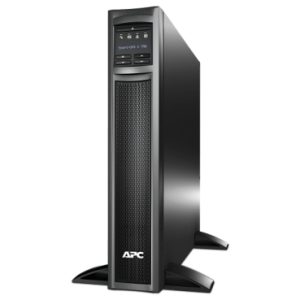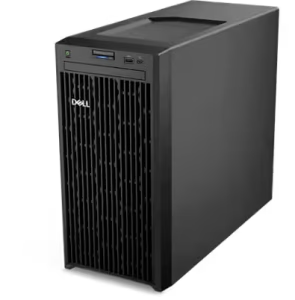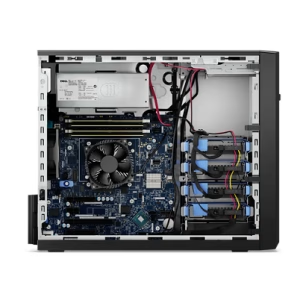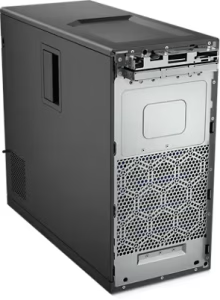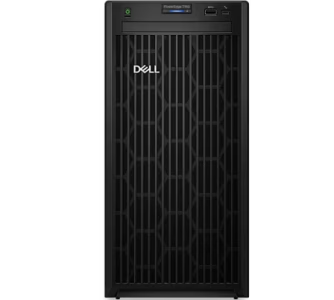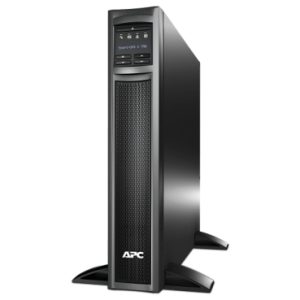server power supply failures
server power supply failures
Introduction: The Power Behind Server Uptime
A server’s power supply unit (PSU) is one of its most critical components. It delivers stable voltage and current to every part of the system—from CPUs and memory to storage and cooling systems. Yet, power supply failures are among the leading causes of unexpected server downtime. Understanding why PSUs fail—and how to prevent these failures—is essential for maintaining performance, reliability, and business continuity.
Why Server Power Supplies Fail
Power supplies are engineered for durability, but several factors can lead to failure over time:
1. Aging Components
Like any electronic device, server PSUs degrade with age. Capacitors and transformers wear down, reducing efficiency and increasing the risk of failure.
2. Power Surges and Spikes
Sudden increases in voltage—caused by utility issues, lightning, or internal electrical faults—can damage the PSU or the entire server.
3. Inadequate Ventilation or Cooling
Overheating is a major PSU killer. If server fans are not functioning properly or airflow is restricted, internal PSU temperatures can rise to dangerous levels.
4. Dust and Debris Buildup
Dust obstructs airflow and insulates heat. Over time, this leads to overheating, short circuits, and reduced PSU performance.
5. Improper Load Balancing
Using a PSU that’s underpowered for your server’s workload can lead to overloads, shutdowns, and damage.
server power supply failures
Signs of a Failing Power Supply
Early detection is key to avoiding data loss and downtime. Watch out for:
- Random shutdowns or reboots
- Burning smells or unusual noises
- Warning LEDs or system alerts
- Inconsistent power delivery or boot failures
🛠 Tip: Use integrated server diagnostics or third-party tools to monitor PSU health and power input/output levels.
server power supply failures
How to Prevent Server PSU Failures
✅ 1. Invest in High-Quality, Certified Power Supplies
Use genuine PSUs from trusted manufacturers like Dell, HP, or IBM. Certified units offer better efficiency (80 PLUS rating) and longer lifespans.
✅ 2. Implement Redundant Power Supplies
Redundant PSUs allow your server to keep running even if one unit fails. This is crucial for mission-critical applications and high-availability systems.
✅ 3. Maintain a Clean and Cool Environment
Ensure your server room has proper air circulation, air conditioning, and regular dust cleaning to protect the PSU and other components.
✅ 4. Use Surge Protectors and UPS Systems
Uninterruptible power supplies (UPS) and surge protectors help regulate power and protect against sudden spikes or outages.
✅ 5. Perform Routine Inspections
Schedule periodic hardware checks. Look for dust accumulation, cable damage, and performance anomalies.
server power supply failures
When to Replace a Power Supply
If a power supply is more than 5 years old, shows instability, or is no longer efficient under increasing loads, it’s time to replace it. Delaying this can risk total system failure.
💡 Pro Tip: Keep a compatible spare PSU in stock for rapid replacement during emergencies.
Conclusion
Server power supply failures can be sudden and costly—but they’re largely preventable with proactive maintenance, proper equipment, and redundancy planning. By understanding the causes and signs of PSU issues, IT managers can ensure consistent uptime and avoid major disruptions.


